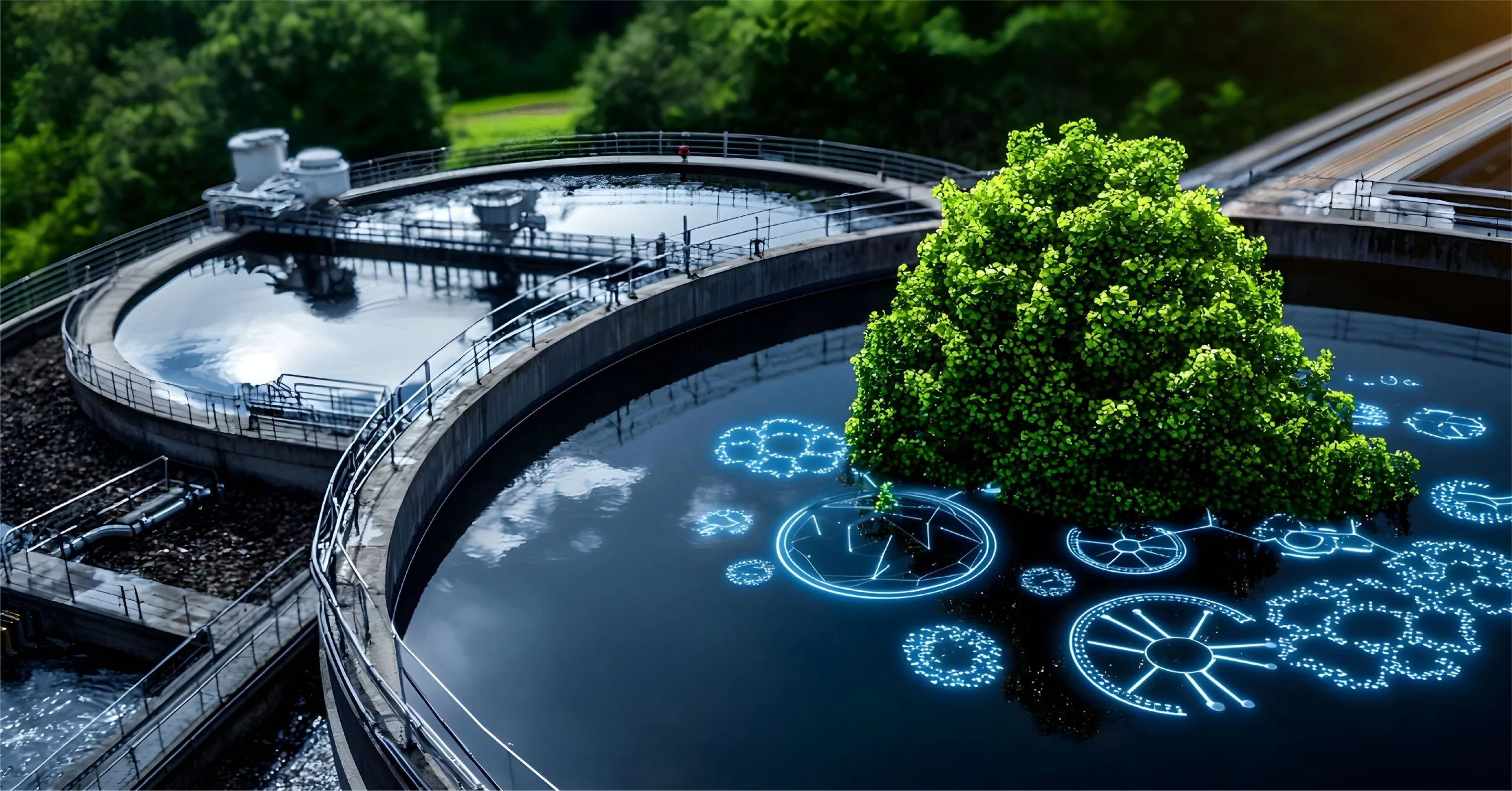Three methods for Removal Phenolic Compounds from Wastewater
2025-03-24
Ecological pollution is an important issue facing society today, in which water pollution is a wide range of environmental pollution and a direct threat to the survival of human pollution.
Phenolic compounds as resin manufacturing, oil refining, pharmaceuticals, coke raw materials and other industrial processes in the production of important industrial raw materials and an organic pollutant, with a high degree of toxicity and difficult to degrade the characteristics of the main hazardous substances in industrial wastewater.

Currently, there are three types of methods for treating phenol-containing wastewater: Biodegradation, Physical degradation, and Chemical degradation.
1. Biodegradation:
It mainly relies on the metabolism of microorganisms to decompose organic pollutants in wastewater into harmless substances such as water and carbon dioxide. Water and carbon dioxide, etc. This method degrades wastewater completely, but the reaction conditions are uncontrolled and expensive.
2. Physical degradation:
Mainly based on the use of physical principles (such as filtration, adsorption, precipitation, extraction, etc.) to remove pollutants in the sewage, the method of dealing with water pollution is simple and fast, but prone to cause secondary environmental pollution.
3. Chemical degradation:
It is through the addition of chemicals to change the harmful chemicals in the sewage to achieve the purpose of purifying sewage, this method can be targeted to deal with sewage and wastewater, but in the treatment process, easy to produce difficult to degrade by-products and other harmful substances.
Blog update
What are the types of chemical materials
2024-11-05
What do chemical materials do?
2024-11-05
What are the industrial chemicals
2024-11-05

